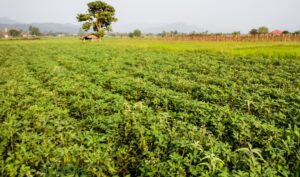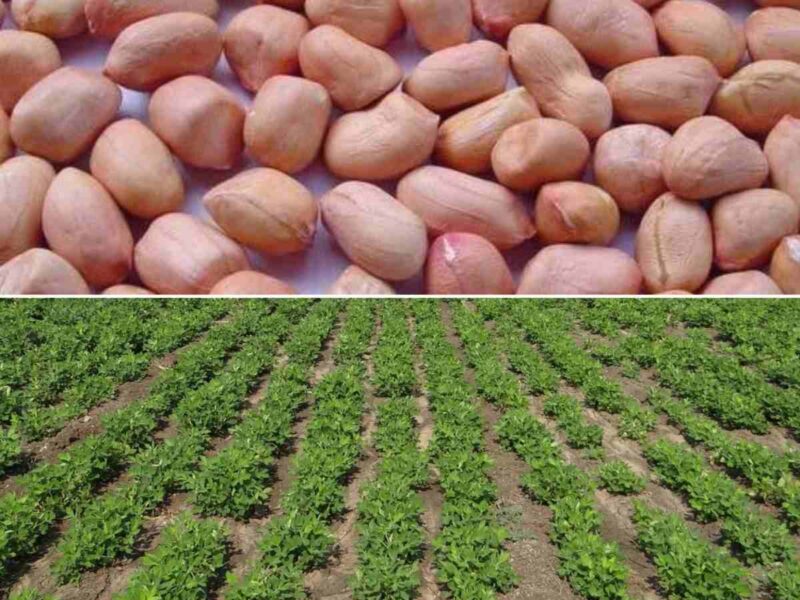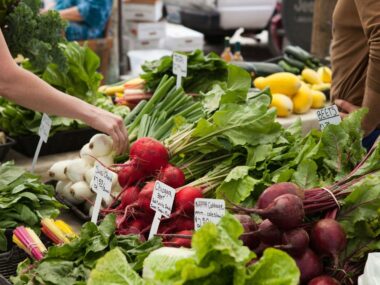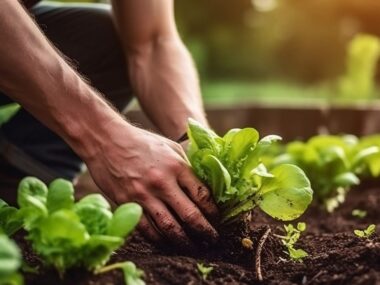Overview of Groundnuts
Groundnuts, also known as peanuts (Arachis hypogaea), are a leguminous crop valued for their edible seeds, oil, and protein content. Originating in South America, they have become a staple crop in tropical and subtropical regions. Groundnuts are versatile and used in various forms, including as roasted nuts, peanut butter, oil, and animal feed.

Benefits of Groundnut Cultivation
- Nutritional Value: Groundnuts are rich in protein, healthy fats, vitamins, and minerals, making them a nutritious food source.
- Economic Importance: They are a significant cash crop for farmers, contributing to livelihoods and economies in many countries.
- Soil Fertility: As a legume, groundnuts improve soil health through nitrogen fixation.
- Versatility: They can be consumed directly or processed into various products, including oil, flour, and snacks.
Types of Groundnuts
- Runner Peanuts: Popular in the USA, used for making peanut butter due to their uniform size.
- Virginia Peanuts: Large-sized peanuts used in gourmet snacks and roasted peanuts.
- Spanish Peanuts: Smaller peanuts with a higher oil content, commonly used in candies and peanut oil production.
- Valencia Peanuts: Known for their sweet taste and usually consumed roasted or boiled.
Climate and Soil Requirements
- Climate: Groundnuts thrive in warm, tropical, and subtropical climates with temperatures between 20°C and 30°C.
- Rainfall: Ideal rainfall ranges from 500 to 1,000 mm during the growing season. Well-distributed rainfall is crucial, especially during flowering and pod formation.
- Soil: Prefer well-drained sandy loam or loamy soils with a pH of 6.0-6.5. Good drainage is essential to prevent waterlogging and root diseases.
Stages of Groundnut Cultivation
- Land Preparation: Plow and harrow the field to create a fine, well-drained seedbed. Remove weeds and ensure the soil is loose for proper root development.
- Seed Selection and Treatment: Use high-quality, disease-resistant seeds. Treat seeds with fungicides and insecticides to protect against soilborne diseases and pests.
- Sowing Methods:
- Row Planting: Sow seeds in rows with adequate spacing to ensure proper growth and air circulation.
- Broadcasting: Less common due to uneven plant distribution, but can be used in small-scale farming.
- Water Management: Ensure consistent moisture, especially during the critical flowering and pod-filling stages. Avoid waterlogging by ensuring proper drainage.
- Fertilization: Apply balanced fertilizers, focusing on phosphorus and potassium. Groundnuts fix their own nitrogen, so additional nitrogen fertilization is minimal.
- Weed Control: Use manual weeding, herbicides, or mulching to control weed growth and reduce competition for nutrients.
- Pest and Disease Management: Monitor and manage common pests like aphids, rootworms, and diseases such as leaf spot and rust.
- Harvesting: Typically occurs 120-150 days after planting, depending on the variety. Harvest when the majority of pods have matured, and the inner seeds have a characteristic color.
- Post-Harvest Processing: Involves drying, shelling, cleaning, grading, and storage to ensure the groundnuts are ready for market and consumption.
Water Management in Groundnut Cultivation
Effective water management is crucial for groundnut cultivation:
- Irrigation Systems: Use drip or sprinkler irrigation to maintain adequate soil moisture, especially in regions with irregular rainfall.
- Rainfall Harvesting: Collect and store rainwater for supplemental irrigation during dry periods.
- Drainage Systems: Implement proper drainage to prevent waterlogging and root diseases.
Fertilization Practices
Balanced fertilization is key to maximizing groundnut yield:
- Phosphorus (P): Essential for root development and energy transfer within the plant. Apply phosphorus fertilizers before planting.
- Potassium (K): Enhances disease resistance and overall plant health. Apply potassium fertilizers at planting and during the growing season.
- Micronutrients: Ensure adequate levels of micronutrients like calcium, magnesium, and sulfur for optimal growth.
Common Pests and Diseases
- Aphids: Small insects that suck sap from the plant, reducing vigor.
- Control: Use insecticides, natural predators like ladybugs, and resistant varieties.
- Rootworms: Larvae that feed on roots, causing significant damage.
- Control: Rotate crops, use resistant varieties, and apply appropriate insecticides.
- Leaf Spot: A fungal disease that causes brown spots on leaves, reducing photosynthesis.
- Control: Use fungicides, resistant varieties, and proper field sanitation.
- Rust: A fungal disease that causes rust-colored pustules on leaves and stems.
- Control: Use fungicides, resistant varieties, and ensure proper air circulation.
Harvesting and Post-Harvest Practices
- Timing: Harvest when 70-80% of the pods have matured, and the inner seeds have a characteristic color.
- Methods: Use mechanical harvesters or manual methods, depending on the scale of cultivation.
- Drying: Reduce moisture content to 8-10% for safe storage and processing.
- Shelling: Remove the outer shells using mechanical shellers or manual methods.
- Cleaning and Grading: Remove debris and damaged seeds to ensure quality.
- Storage: Store in cool, dry conditions to prevent spoilage and pest infestation.
Sustainable Groundnut Cultivation Practices
- Crop Rotation: Rotate groundnuts with other crops like maize or cereals to break pest and disease cycles and improve soil health.
- Cover Crops: Plant cover crops during the off-season to protect and enrich the soil.
- Integrated Pest Management (IPM): Combine biological, cultural, and chemical methods to manage pests sustainably.
- Organic Farming: Avoid synthetic chemicals, using organic fertilizers and natural pest control methods.
Innovations in Groundnut Farming
- High-Yielding Varieties (HYVs): Developed to increase productivity and resist diseases.
- Genetically Modified (GM) Groundnuts: Engineered for traits like pest resistance and improved oil content.
- Precision Agriculture: Uses technology like GPS, drones, and satellite imagery for efficient field monitoring and management.
- Conservation Tillage: Reduces soil erosion and conserves moisture by leaving crop residues on the field.
Economic Importance of Groundnuts
- Global Trade: Major exporting countries include China, India, Nigeria, and the USA. Importing countries include the European Union, Japan, and Canada.
- Employment: Provides livelihoods for millions of farmers and workers in related industries.
- Food Security: Essential for the food security of many developing nations, providing a crucial source of protein and oil.
Environmental Considerations
- Water Use Efficiency: Implement practices like drip irrigation to conserve water.
- Soil Health: Use crop rotation and organic amendments to maintain soil fertility.
- Climate Change Adaptation: Develop and adopt resilient groundnut varieties and farming practices to cope with changing climate conditions.
Challenges in Groundnut Cultivation
- Climate Variability: Unpredictable weather patterns can affect water availability and crop health.
- Pest and Disease Pressure: Requires constant monitoring and management.
- Labor Shortages: Mechanization and improved labor practices are needed to address this issue.
- Market Fluctuations: Prices can be volatile, impacting farmer income.
Conclusion
Groundnut cultivation during the rainy season presents a unique opportunity to leverage natural water resources for optimal growth. By understanding the requirements, best practices, and challenges associated with groundnut farming, farmers can enhance productivity, ensure food security, and contribute to the global groundnut supply. Sustainable practices and technological innovations will play a crucial role in meeting the future demands of groundnut production while preserving environmental health.










